Food Acquisition
For thousands of years, the Wampanoag and other Indigenous cultures were hunter-gatherers. They were quite mobile as they hunted animals, fished, collected plants, and harvested shellfish. When the climate warmed during the Early Archaic Period (10,000-7,000 B.P.), new animal and plant species were available for hunting and gathering, as well as fish and shellfish in new waterways and shorelines. The Wampanoag utilized these new resources, such as small mammals or acorns, for food. Later, during the Woodland Period, food acquisition techniques changed drastically as bows and arrows replaced spears as the preferred hunting weapon and as plant gathering was supplanted by farming with the introduction of maize (corn). The artifacts here reflect different methods the Wampanoag used to acquire food over time.

Items
-
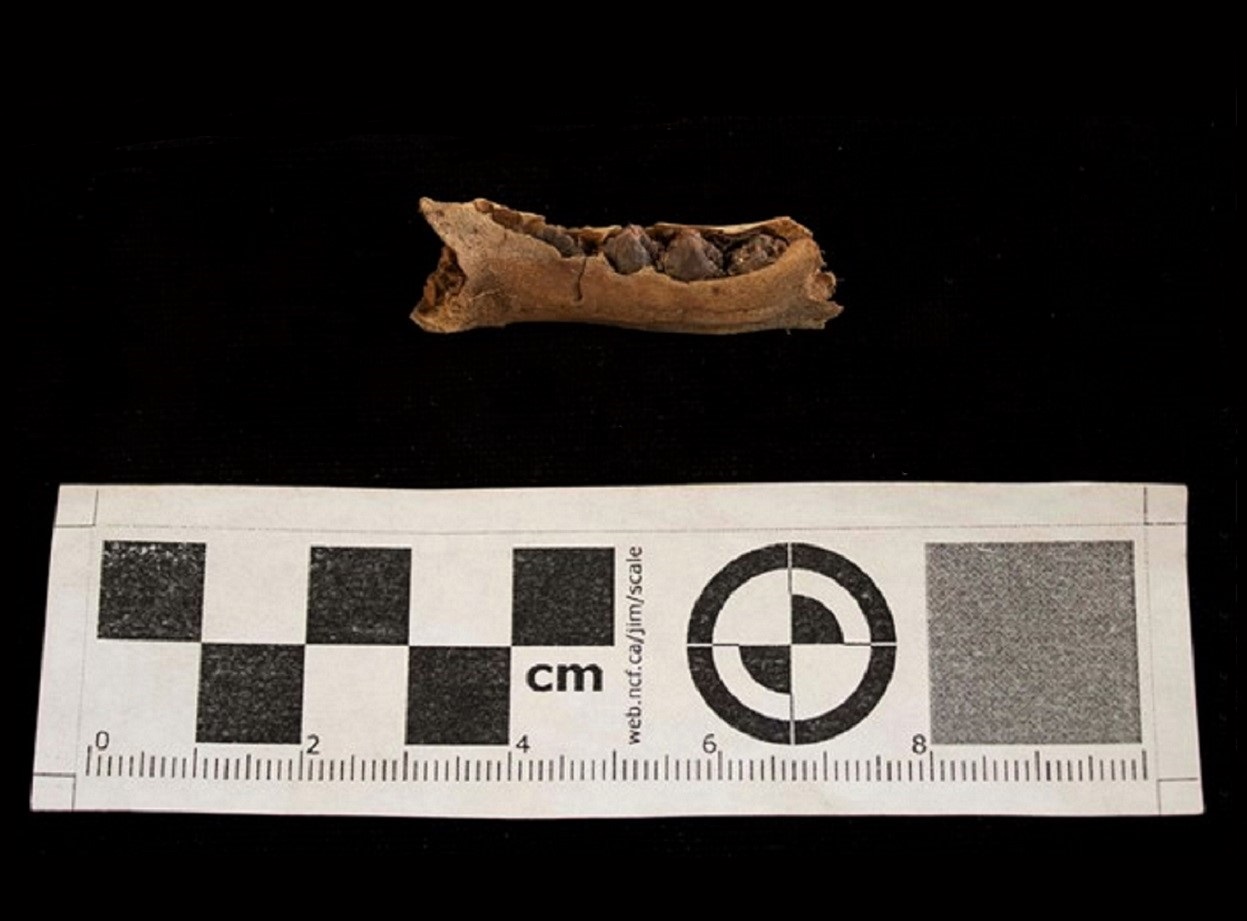
Pig Mandible
-
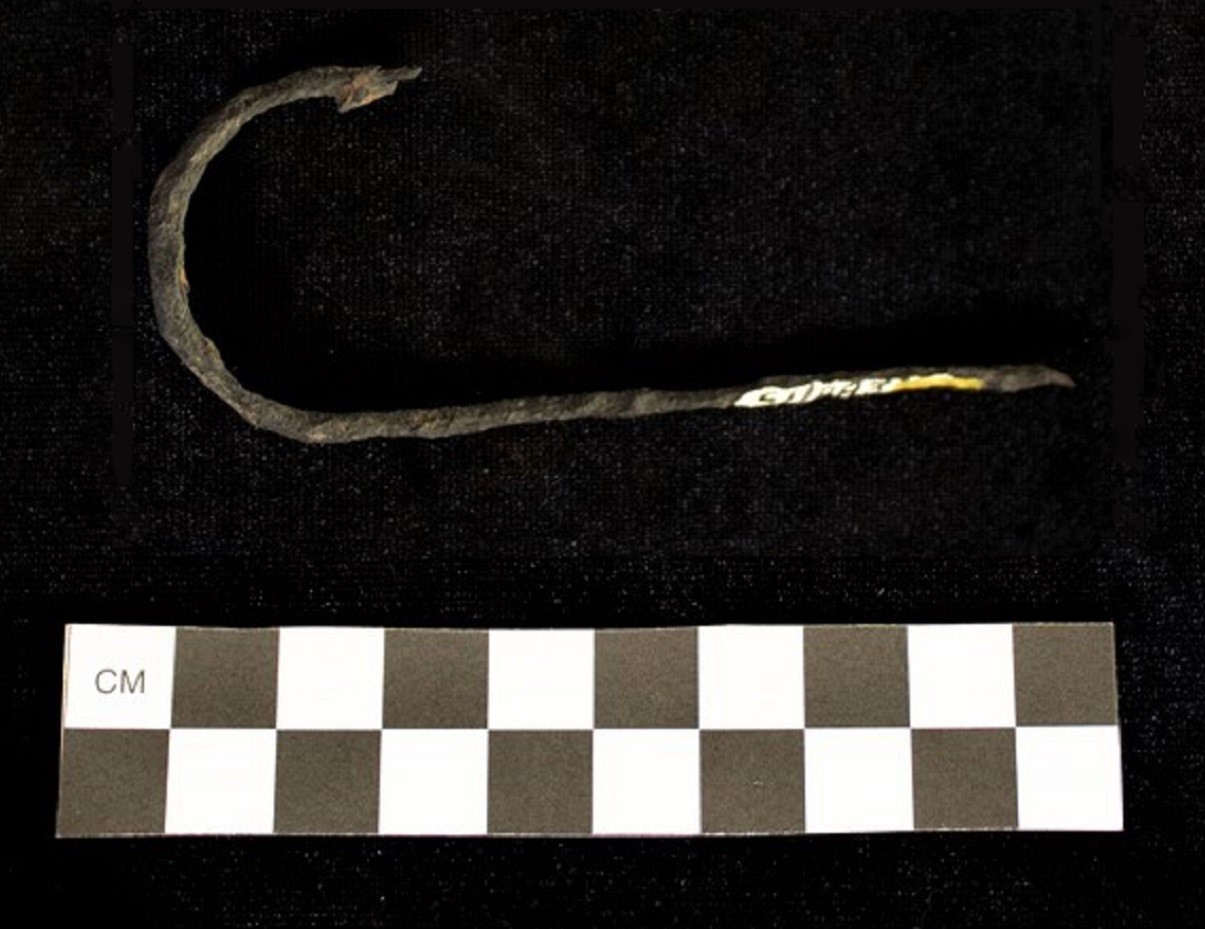
Fish Hook
-

Hoe
-
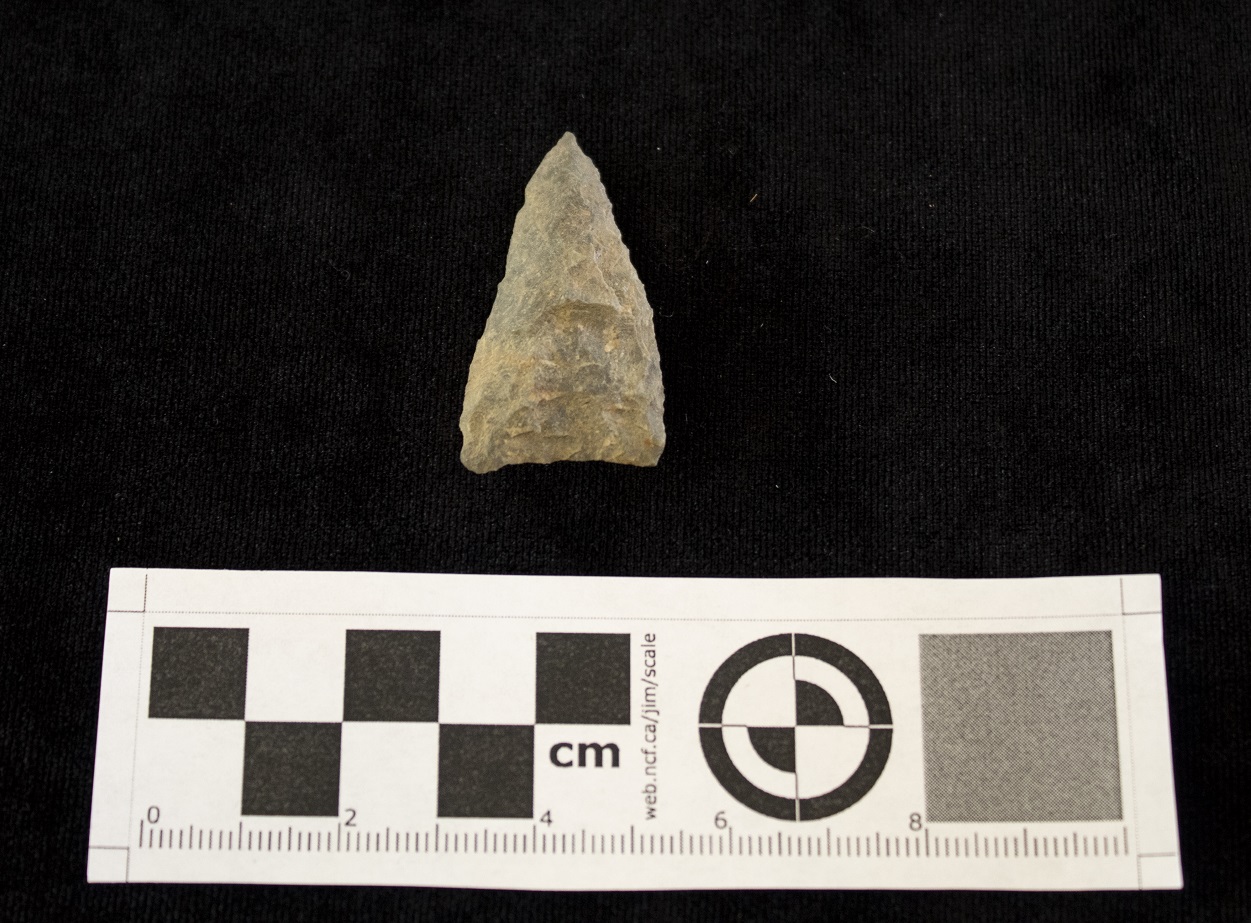
Madison Point
-
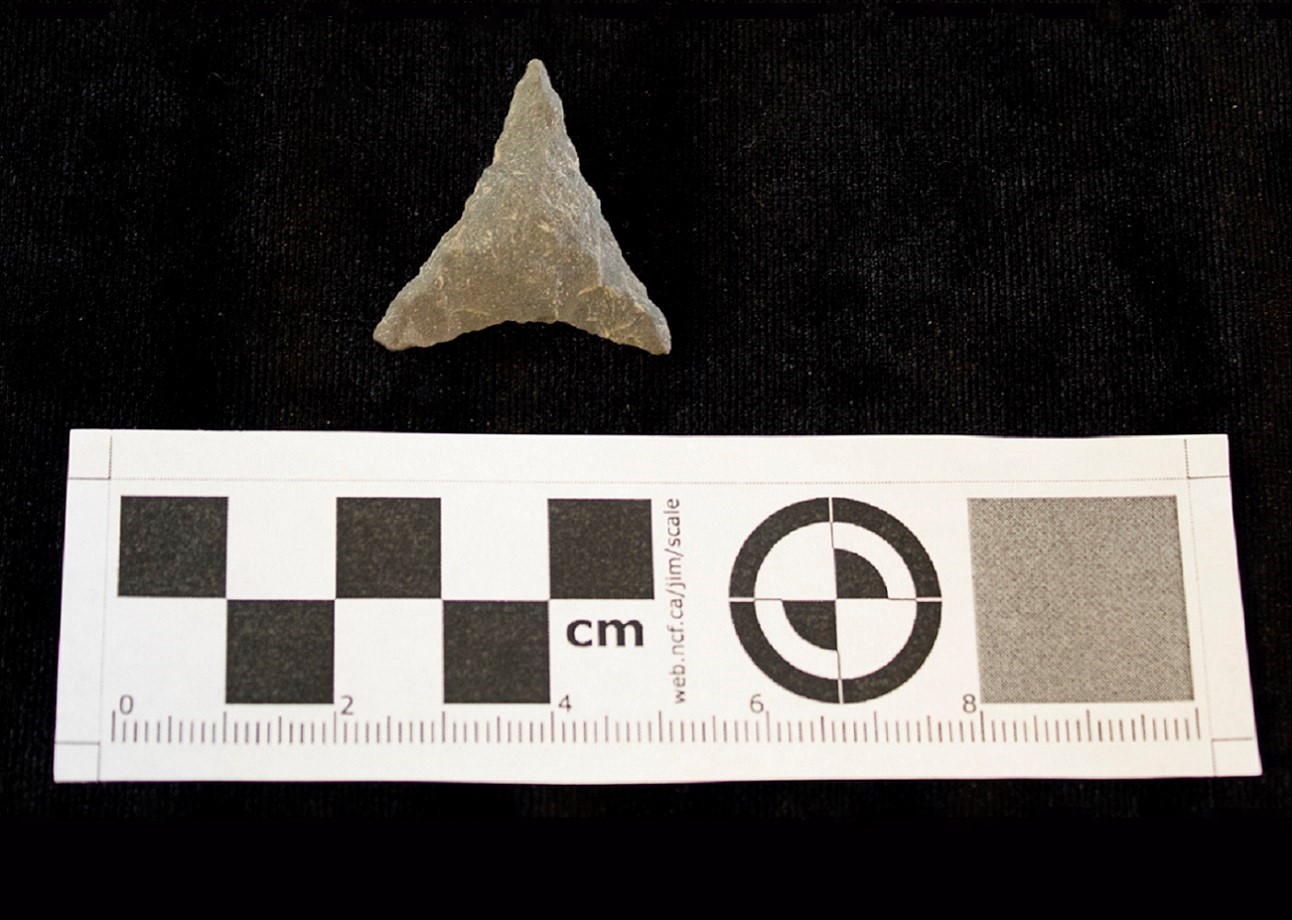
Levanna Point
-
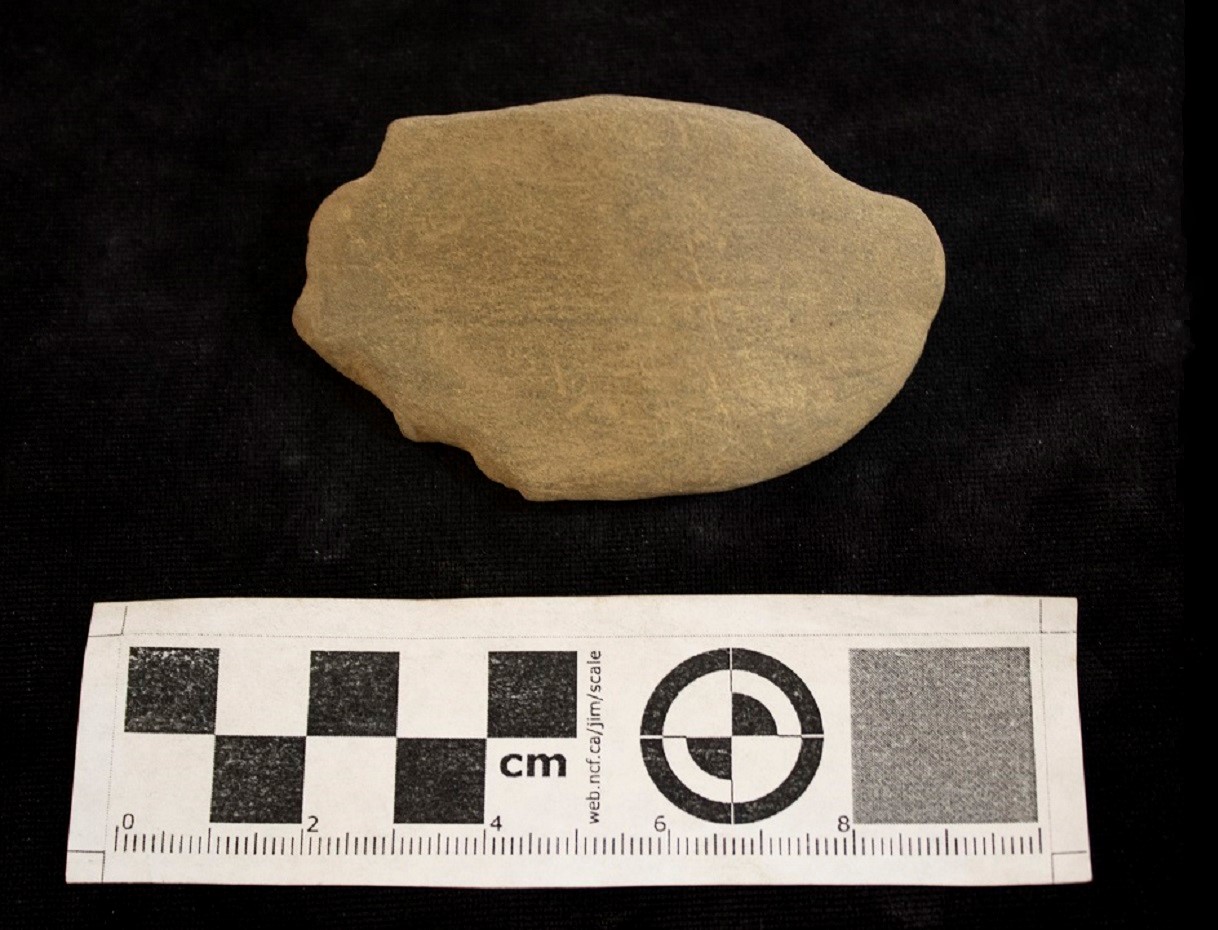
Abrader
-
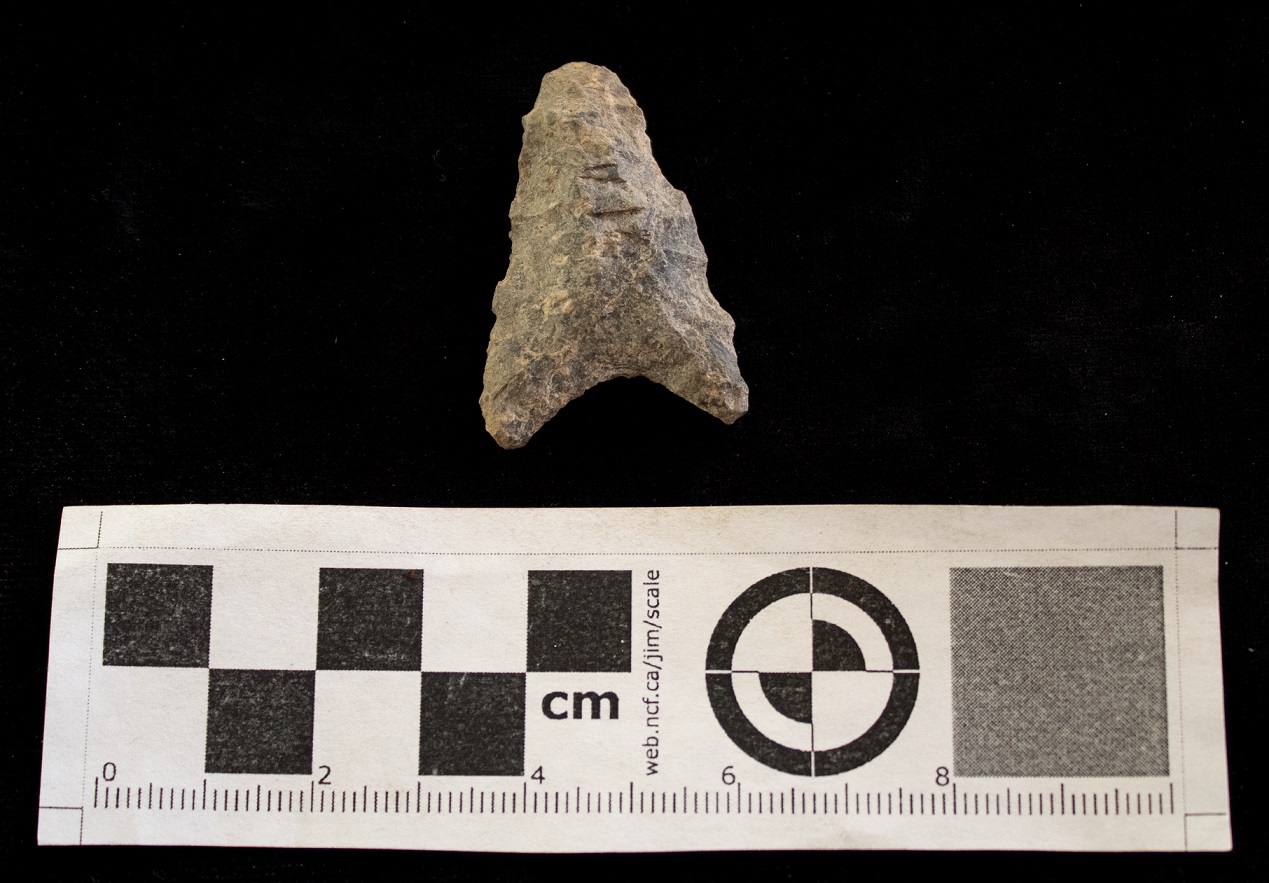
Hardaway-Dalton Point
-
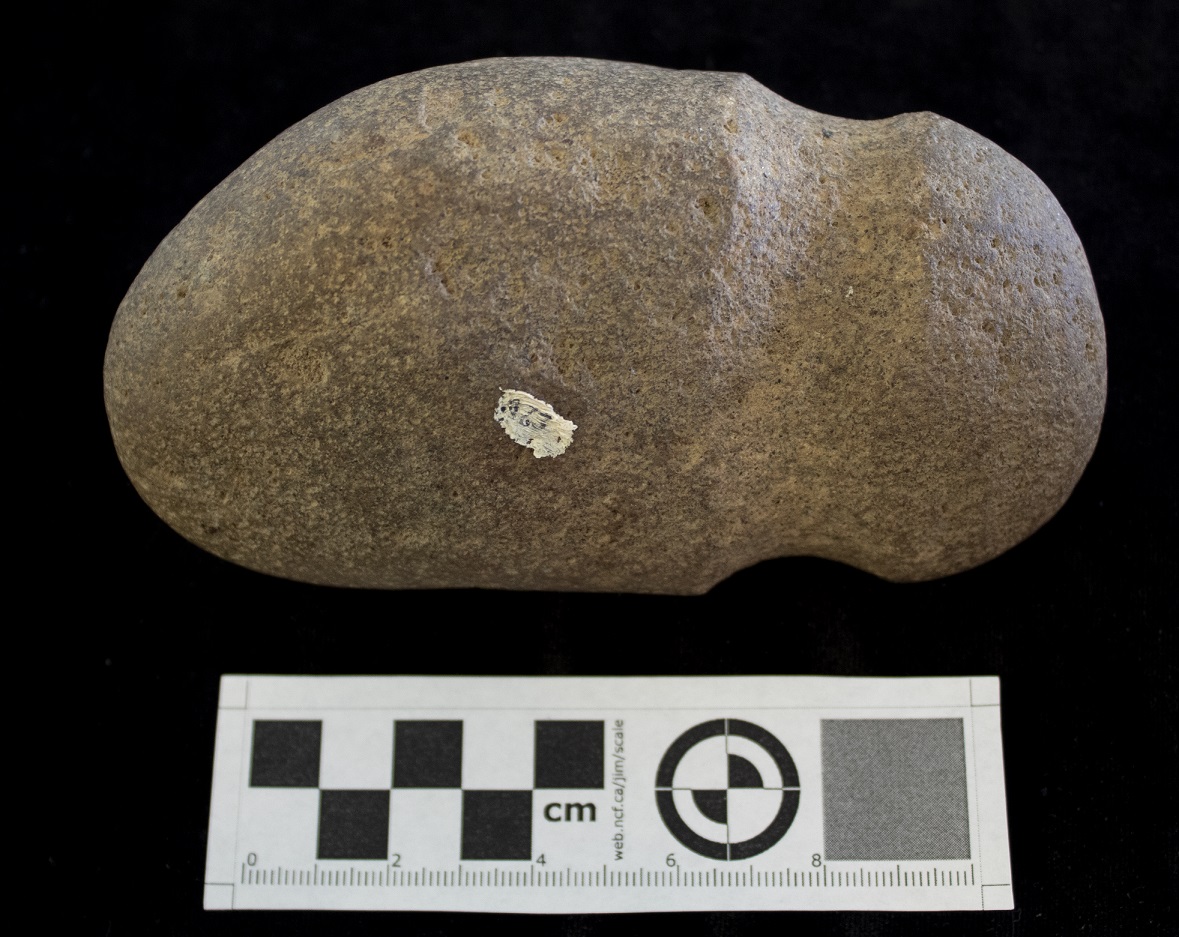
Net Weight